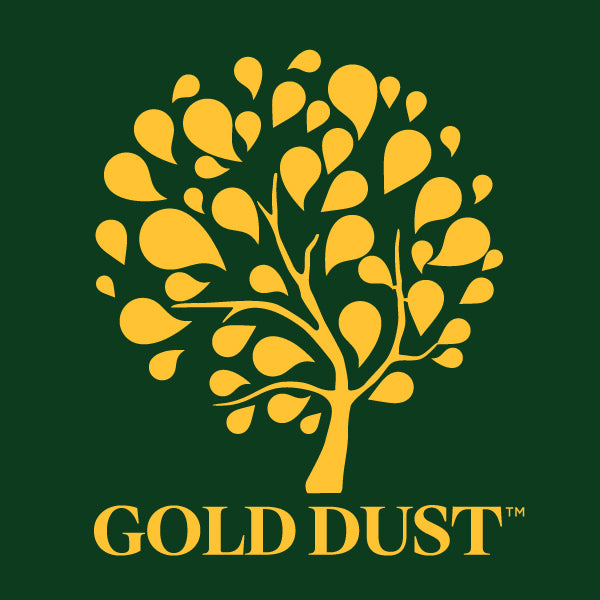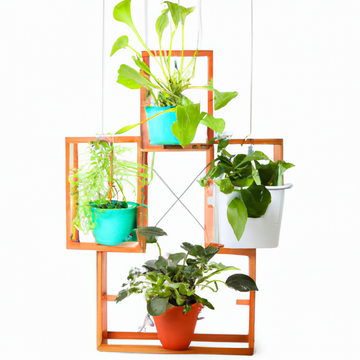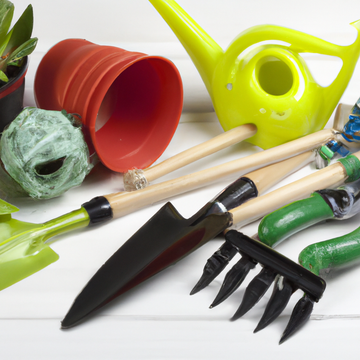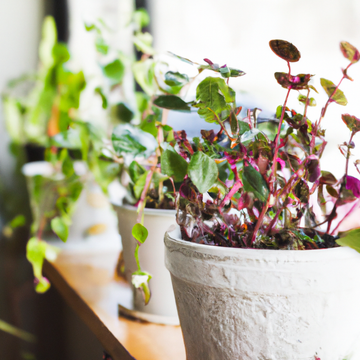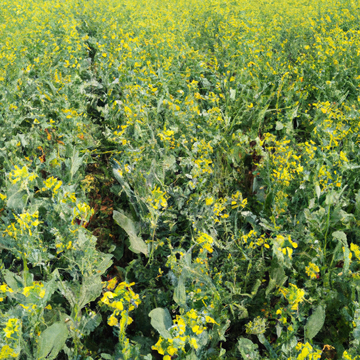Terrariums: The Low-Maintenance Indoor Garden Solution
by Saru Kaushish on Feb 08, 2023

Looking for a simple yet stunning way to bring some greenery into your home? Look no further than terrariums! These miniature gardens enclosed in glass containers have become popular for indoor gardening due to their low-maintenance nature and aesthetic appeal. Whether you're short on space or time, a terrarium garden is an easy and hassle-free way to add some natural beauty to your living space.
The benefits don't stop there - indoor gardening has been shown to reduce stress, improve air quality, and boost mood and creativity. So why not give terrarium gardening a try? Today, we'll explore everything you need to know about terrariums, from setting them up to choosing the perfect plants so that you can create your little oasis at home.
What is a Terrarium?
A terrarium garden is a miniature garden, typically enclosed in a glass container, designed to house and display small plants. The term "terrarium" comes from the Latin word "terra," meaning earth, and was first coined by botanist Nathaniel Bagshaw Ward in the mid-1800s. Ward discovered that plants enclosed in sealed glass could thrive without regular watering and maintenance.
There are several types of terrariums, each with unique features and requirements. As the name suggests, open terrariums have an open top and are best suited for plants that require more air circulation, while closed terrariums are sealed and ideal for plants that thrive in a more humid environment. There are also hanging terrariums, which can be suspended from the ceiling or a wall, and terrariums with built-in lighting for plants that require more sunlight.
The best terrarium plants thrive in a humid environment and don't require a lot of direct sunlight. Succulents, such as cacti and aloe vera, are not well-suited for terrariums, as they require more sunlight and less moisture than most other plants. Ideal plants for closed terrariums include ferns, mosses, and small tropical plants like Fittonia and Peperomia. In contrast, open terrariums can house air plants, petite herbs, and even orchids. Ultimately, the choice of plants will depend on the type of terrarium and the condition it provides.

Why Choose Terrariums for Indoor Gardening?
Terrariums offer a convenient, low-maintenance, and visually appealing way to bring the beauty of nature indoors. Here are some of the reasons why you should consider choosing a terrarium garden for your indoor gardening needs:
Space-Saving
One of the primary benefits of terrariums miniature garden plants is that they are space-saving indoor gardening solutions. They are perfect for people who live in apartments or homes with limited space or want to add some greenery to their office or workspace. Terrariums come in various sizes, shapes, and styles, which means they can fit in almost any room corner or hang from the ceiling.
Low-Maintenance
Terrariums are also incredibly low-maintenance, making them a popular choice for busy individuals who do not have the time or energy to care for traditional plants. Once set up, a terrarium can go for weeks without watering or any other type of maintenance. This is because the enclosed environment helps to create a self-sustaining ecosystem that recycles water and nutrients.
Aesthetically pleasing
Terrariums are aesthetically pleasing indoor garden solutions that can add a touch of natural beauty to any space. They are available in various styles, from classic glass containers to more modern and innovative designs. The plants inside a terrarium garden can also be arranged differently to create a unique and visually appealing display. Whether placed on a shelf, desk, or coffee table, terrariums are sure to enhance overall look and feel of any space
Setting up a Terrarium
Setting up a terrarium is a simple and enjoyable way to bring a piece of nature indoors. The first step is gathering the necessary materials, which include a clear container, gravel, activated charcoal, potting soil, and the plants of your choice.
Once you have your materials, it's time to start assembling your terrarium. The key is to layer the materials to promote proper drainage and moisture control. The first layer should be a base of gravel, followed by a layer of activated charcoal to prevent mold and bacteria growth. Then, add a layer of potting soil before carefully placing your chosen plants inside. Finish by adding decorative elements such as rocks, moss, or figurines.
Maintaining a healthy terrarium garden is relatively easy but keeping a few tips in mind is essential. Place your terrarium in an area with indirect light and avoid overwatering. Use a spray bottle to mist the plants every few days and remove dead leaves or debris to prevent mold growth. With a bit of care, your terrarium can thrive for years.
Wrapping Up
Terrariums offer an excellent solution for those who are looking to add some greenery to their indoor space without the hassle of high-maintenance plants. Their unique design and self-sustaining ecosystem allows them to thrive for weeks without much care. Moreover, they come in various styles and sizes, making them perfect for small apartments, offices, or any other space needing some natural beauty.
If you're interested in creating your terrarium, gather the necessary materials and follow the simple step-by-step guide we've provided. And if you're looking for inspiration or want to purchase materials for your terrarium, be sure to check out the wide range of options available at Gold Dust Gardening. With their high-quality products and helpful resources, you can create your own little oasis at home and reap the benefits of indoor gardening. So why not give it a try? Your home and your mood will thank you.
